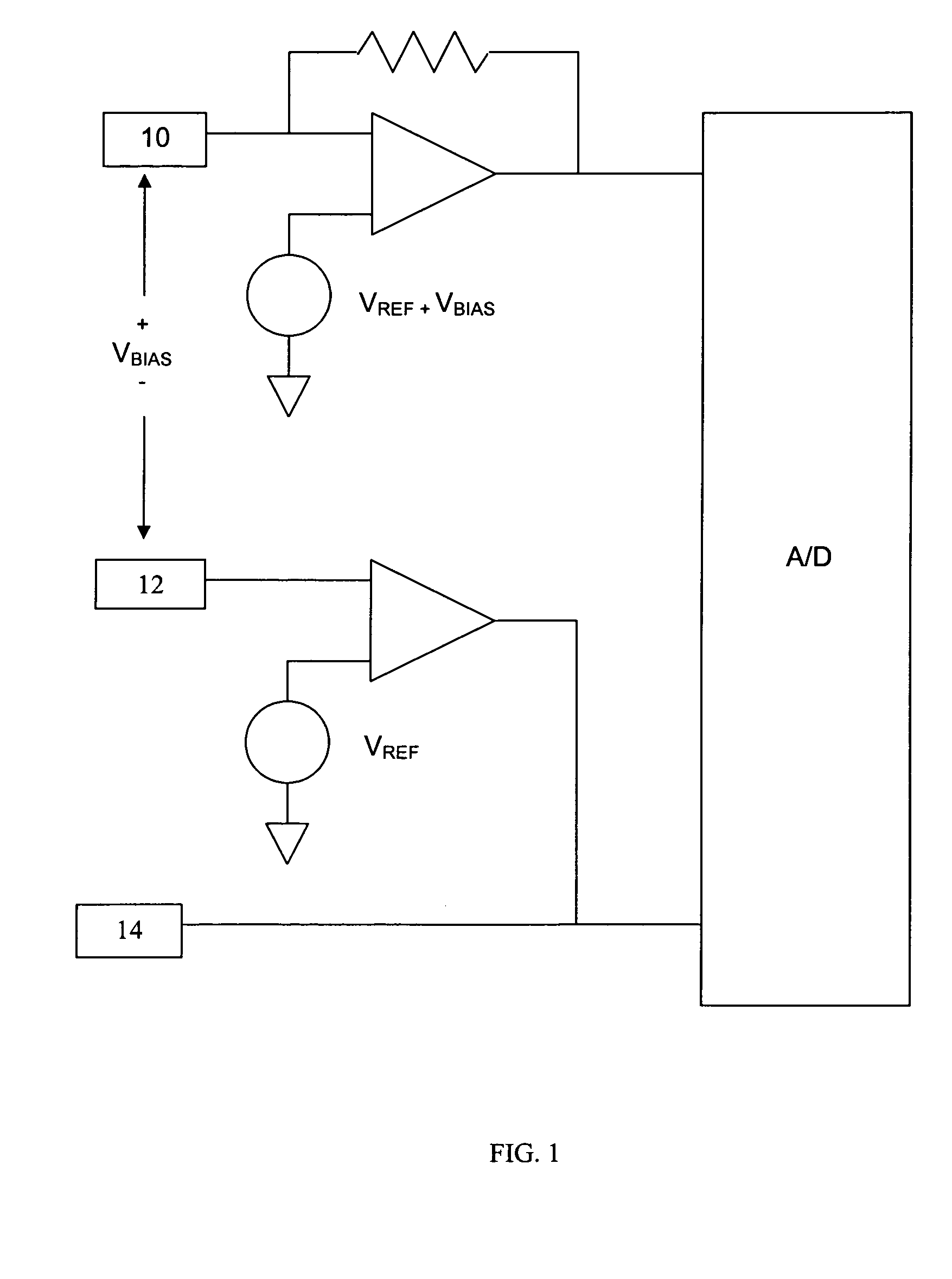Systems and methods for improving electrochemical analyte sensors
a technology of electrochemical detection and measurement, applied in the field of systems and methods involving the electrochemical detection or measurement of analytes, can solve the problems of increasing signal strength due to interfering species, acetaminophen, ascorbate, urate, and known to produce inaccurate signal strength, and achieve the effect of improving the quality of analyte-measuring devices, reducing or eliminating the effects of interfering species
- Summary
- Abstract
- Description
- Claims
- Application Information
AI Technical Summary
Benefits of technology
Problems solved by technology
Method used
Image
Examples
Embodiment Construction
[0032]The following description and examples illustrate some exemplary embodiments of the disclosed invention in detail. Those of skill in the art will recognize that there are numerous variations and modifications of this invention that are encompassed by its scope. Accordingly, the description of a certain exemplary embodiment should not be deemed to limit the scope of the present invention.
Definitions
[0033]In order to facilitate an understanding of the disclosed invention, a number of terms are defined below.
[0034]The term “sensor,” as used herein, is a broad term and is used in its ordinary sense, including, without limitation, the portion or portions of an analyte-monitoring device that detect an analyte. In one embodiment, the sensor includes an electrochemical cell that has a working electrode (anode), a reference electrode and a counter electrode (cathode) passing through and secured within the sensor body forming an electrochemically reactive surface at one location on the ...
PUM
| Property | Measurement | Unit |
|---|---|---|
| thickness | aaaaa | aaaaa |
| bias potential | aaaaa | aaaaa |
| bias potential | aaaaa | aaaaa |
Abstract
Description
Claims
Application Information
 Login to View More
Login to View More - R&D
- Intellectual Property
- Life Sciences
- Materials
- Tech Scout
- Unparalleled Data Quality
- Higher Quality Content
- 60% Fewer Hallucinations
Browse by: Latest US Patents, China's latest patents, Technical Efficacy Thesaurus, Application Domain, Technology Topic, Popular Technical Reports.
© 2025 PatSnap. All rights reserved.Legal|Privacy policy|Modern Slavery Act Transparency Statement|Sitemap|About US| Contact US: help@patsnap.com



